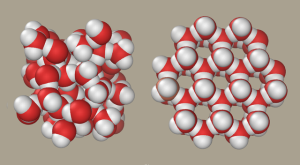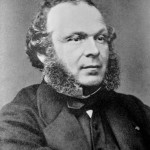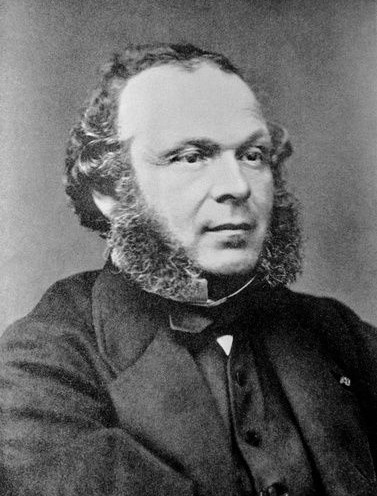The History of Antifreeze
Although air cooling was popular in the early days of the automobile, water-cooled engines were also in use from the very beginning. As the name would seem to indicate, these early water-cooled engines initially used straight water as coolant. Water has excellent heat transfer characteristics that make it well-suited for use as an engine coolant, but there was one small issue: freezing weather.
Despite the fact that straight water is great at conducting heat away from internal combustion engines, many localities experience winter temperatures that are far below its freezing temperature. This is an issue due to one of the several interesting characteristics of water.
Unlike many substances, water undergoes something called “negative thermal expansion” when it freezes. In simplest terms, that’s just a fancy way of saying that ice takes up more physical space than liquid water. When you consider the confined spaces within an engine that coolant occupies, it’s easy to see how this funny little factoid can end up spelling big trouble.
In order to avoid the severe engine damage that can occur as a direct result of frozen coolant, automakers and engineers turned to the concept of antifreeze. Rather than a single substance, an antifreeze is any chemical additive that is used to lower the freezing point of another substance.
Contents
The Trouble with Alcohol as an Antifreeze
The earliest example of automotive antifreeze is alcohol. In particular, these early antifreeze additives were typically made out of methanol. Also known as methyl alcohol and wood alcohol, this is an industrial chemical that is used as a solvent and for other purpose, as opposed to the ethyl alcohol that people consume.
Alcohol has a lower freezing temperature than water, which made it an effective antifreeze in early automobiles. However, alcohol has a number of qualities that make it poorly suited for use in automotive cooling system applications.
The biggest issue with alcohol as an antifreeze is that its presence can actually accelerate the corrosion of metal engine components that it comes into contact with. These early water cooling systems were also open, which allowed the alcohol to evaporate over time. If it wasn’t constantly topped up, the engine could overheat, or the coolant could freeze.
Introducing Ethylene Glycol Antifreeze
The next step in the history of antifreeze was actually taken many years earlier. A substance called ethylene glycol was first synthesized in 1856 by French chemist Charles-Adolphe Wurtz. However, very little was done with the substance until the 20th century. It was first produced commercially in 1917, but at that time is was primarily in the manufacture of dynamite.
In addition to being an effective substitute for glycerol in the manufacture of high explosives, ethylene glycol also turned out to have a number of characteristics that made it an ideal antifreeze. In addition to mixing readily with water in any proportion, it has a lower freezing point than water and a higher boiling point.
Ethylene glycol was first used as an automotive antifreeze in 1926, and it saw widespread use in military applications during World War II. After the war, it became the dominant chemical antifreeze for the remainder of the 20th century. Other chemicals, such as propylene glycol and organic acid technology (OAT), have started gaining in popularity, but ethylene glycol is still widely used.
The Future of Antifreeze
In between alcohol and ethylene glycol, glycerol was briefly used as an automotive antifreeze. This chemical works similarly to ethylene glycol, but it was more expensive to produce. However, recent studies have suggested that glycerol may be a prove to be a good alternative to ethylene glycol in the future. This is primarily due to the fact that glycerol isn’t toxic, and advances in production techniques may result in a more affordable product.








